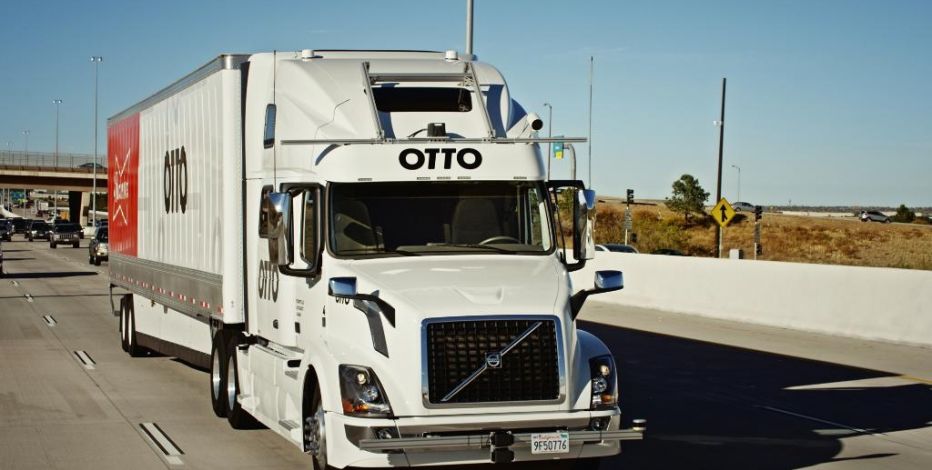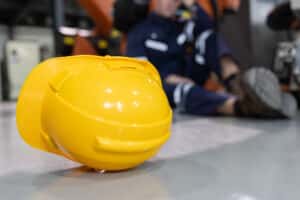In a recent interview with NPR, New York Times technology columnist Farhad Manjoo notes that despite all the hype around self-driving cars, it’s the automated truck that’s driving us into the future. Last week, a big rig filled with 2,000 cases of Budweiser beer delivered a shipment in Colorado with no driver at the wheel (cars and beer – what could be more American than that?) Anheuser-Busch hailed it as the world’s first commercial delivery by a self-driving truck.
In speaking with Scott Simon, Manjoo (who’s gone on several ride-alongs) notes that being inside one the trucks feels “surprisingly normal.” The trucks on the road so far have a driver sitting at the seat, but “then he flips a button and the truck just kind of takes over. It’s basically like looking at someone flip on cruise control, except here, you know, when the driver took his hands off the wheel, the wheel kept turning as the road moved ahead,” Manjoo explained.
Simon joked about the dangers of a beer truck delivery being hacked by a fraternity at the University of Wisconsin, taking over the controls to get the product delivered to their frat house instead of the market. All joking aside, Manjoo notes that this general risk of technology glitches and tampering is a primary concern with self-driving trucks/cars as more of our modern infrastructure becomes digital and automated. The question of security looms over the whole sector both from hacking but also from mishap – inadvertent bugs in the system that could cause fatal problems in the real world.
But then Simon turns to what is likely on the mind of most American workers, asking “will this ultimately throw human truck drivers out of business?”
As Manjoo explains, the company Otto, which Uber recently purchased, claims that human drivers, at least for the foreseeable future – maybe as far out as 10 to 20 years, won’t be completely eliminated from the vehicle. So on residential streets, or other sections where it’s more difficult to drive a truck, the human truck driver might still be necessary. And truck drivers perform other tasks, of course, like unloading the vehicle, filling out paperwork, and other white-collar type work in the cab.
So the vision here is that installing this technology in the truck makes it twice as efficient, and the driver’s job perhaps easier. Now of course, this is the claim of the companies making the technology, so inevitably they’re putting the best face on things. Truck drivers themselves seem much less enthusiastic about the proposition.
So inevitably there are both technological changes but also social changes. And the social dynamics (i.e. the strange idea of a truck driving down the road without any people in it) may take a lot longer for us to be comfortable with it.
Of course as Simon points out, there has always been resistance, and then later adjustment, to change. For example, people used to be very wary about elevators. Even when they caught on, they always had an operator in them: no one would think of calling an elevator that would simply come to your floor “on its own.” But now we think nothing of it – and of course it has enabled the tallest buildings in the world.
Manjoo admits the truth to this, and notes that perhaps only once in his life has he been in an elevator that had an operator. “So it’s possible we’ll be that way with trucks and cars at some point. My own feeling is that it’s probably going to be at least 20 years until that happens, perhaps longer.”
Farhad Manjoo is technology columnist at The New York Times.





